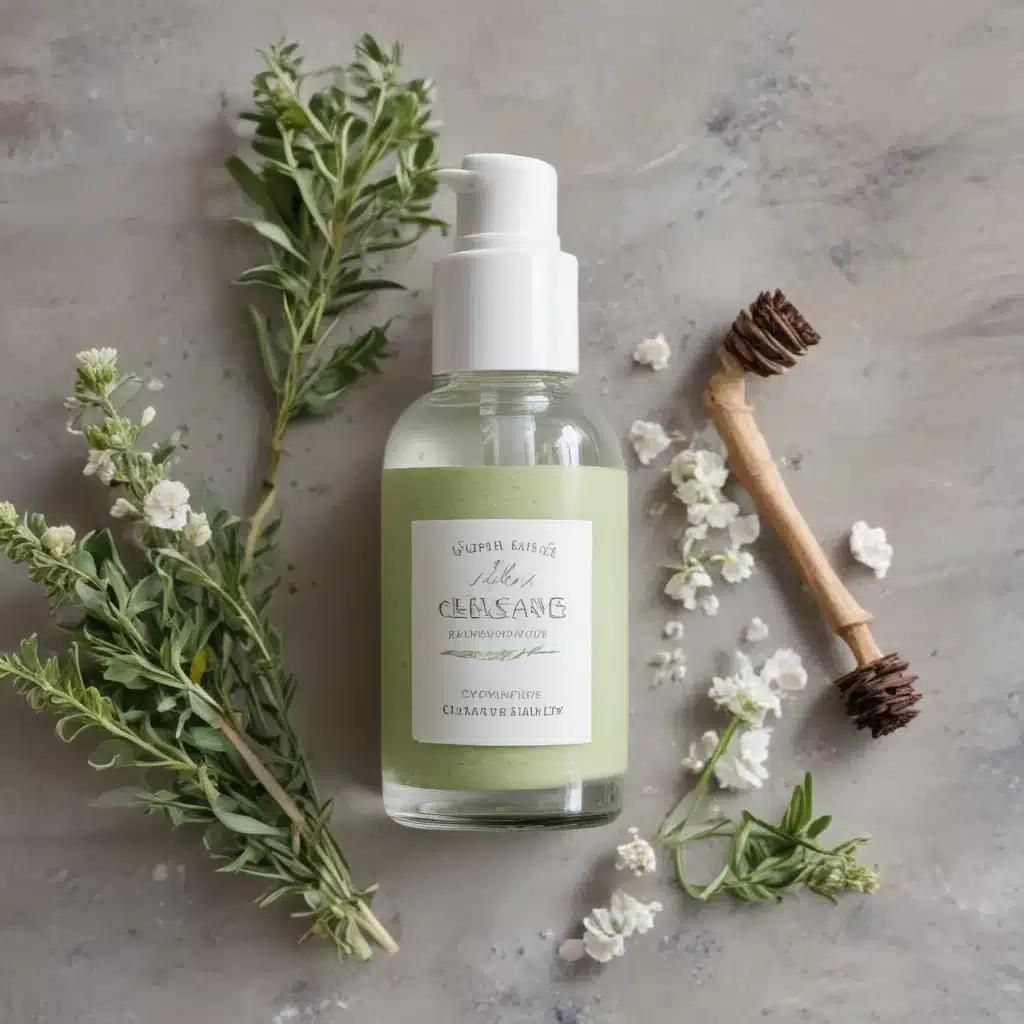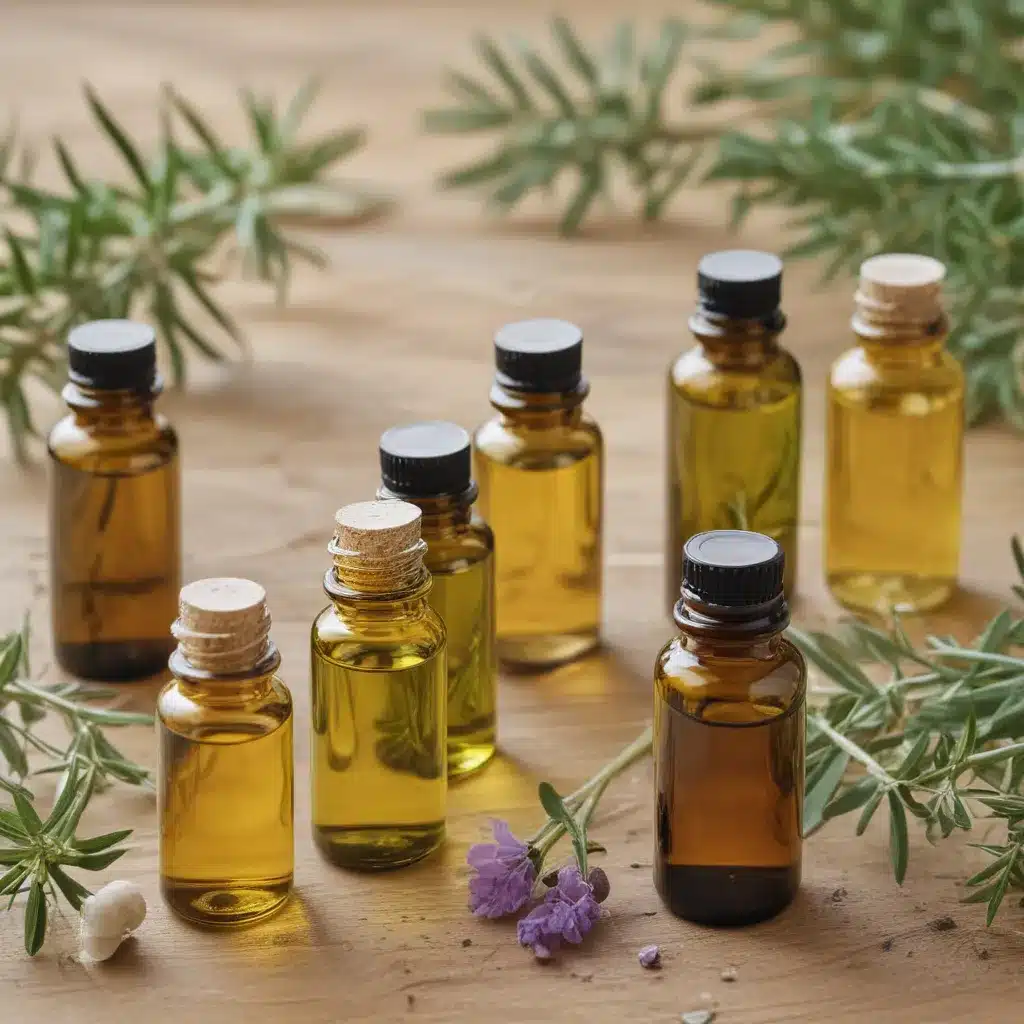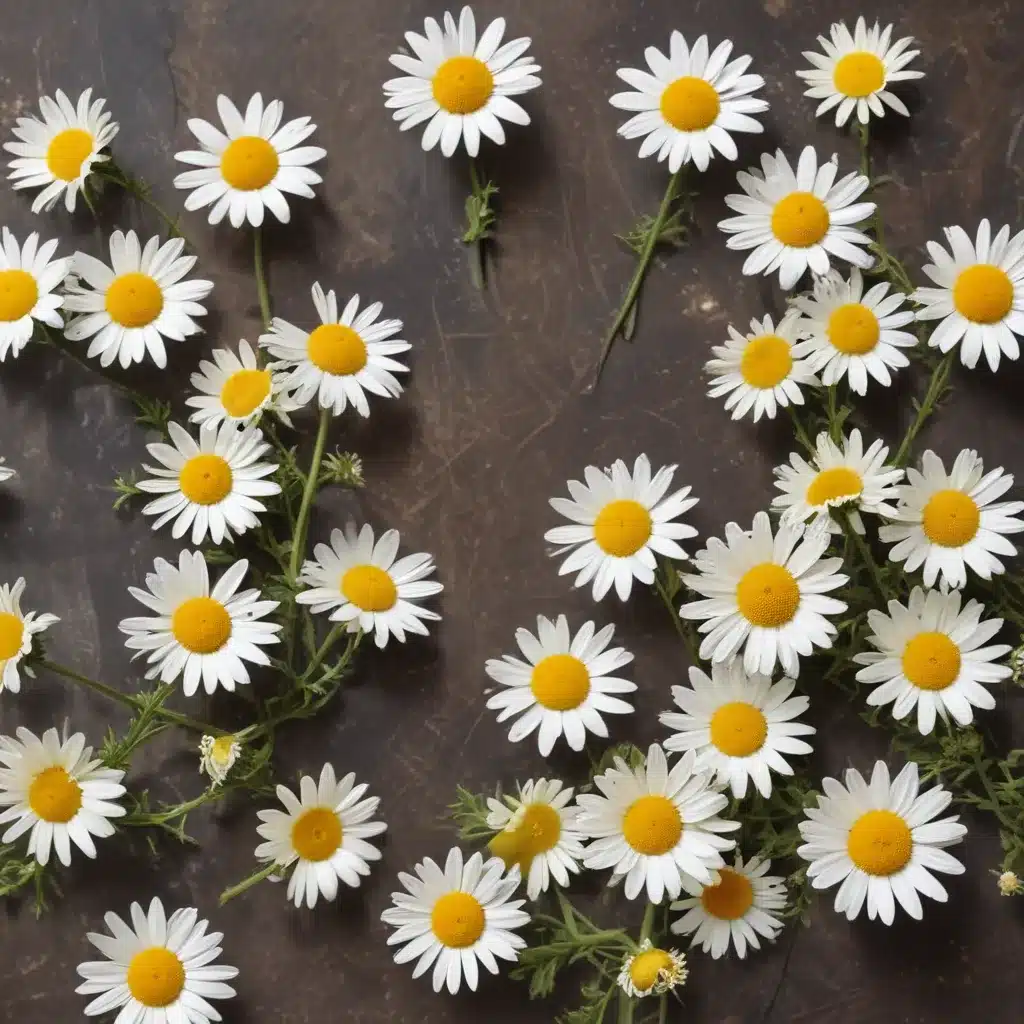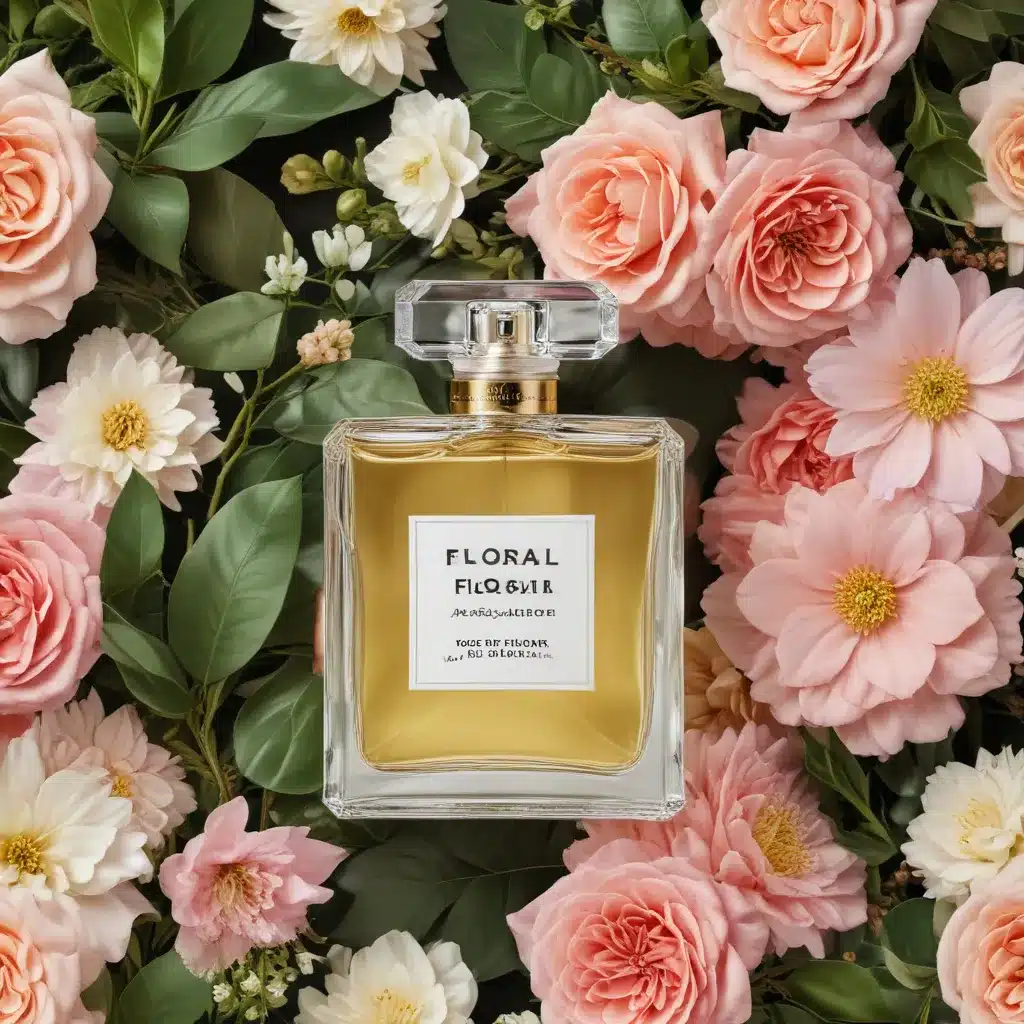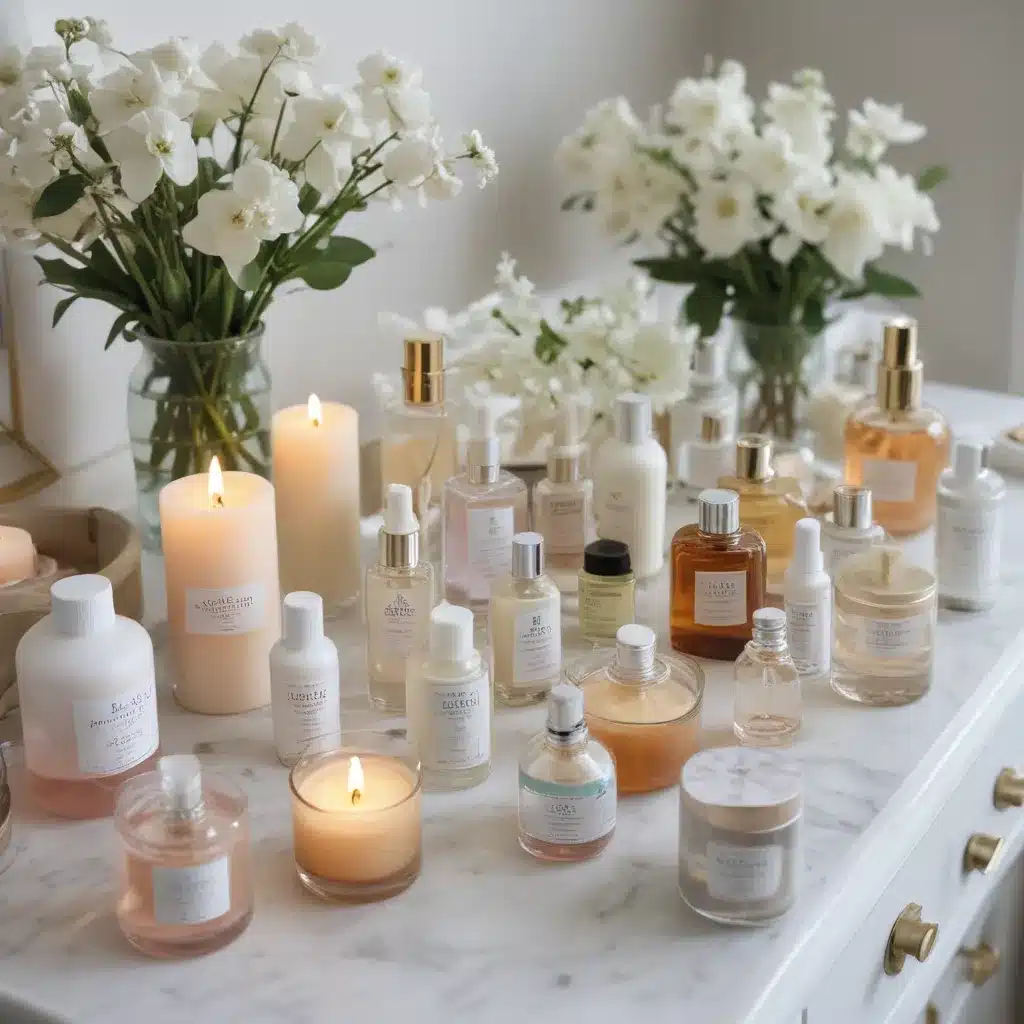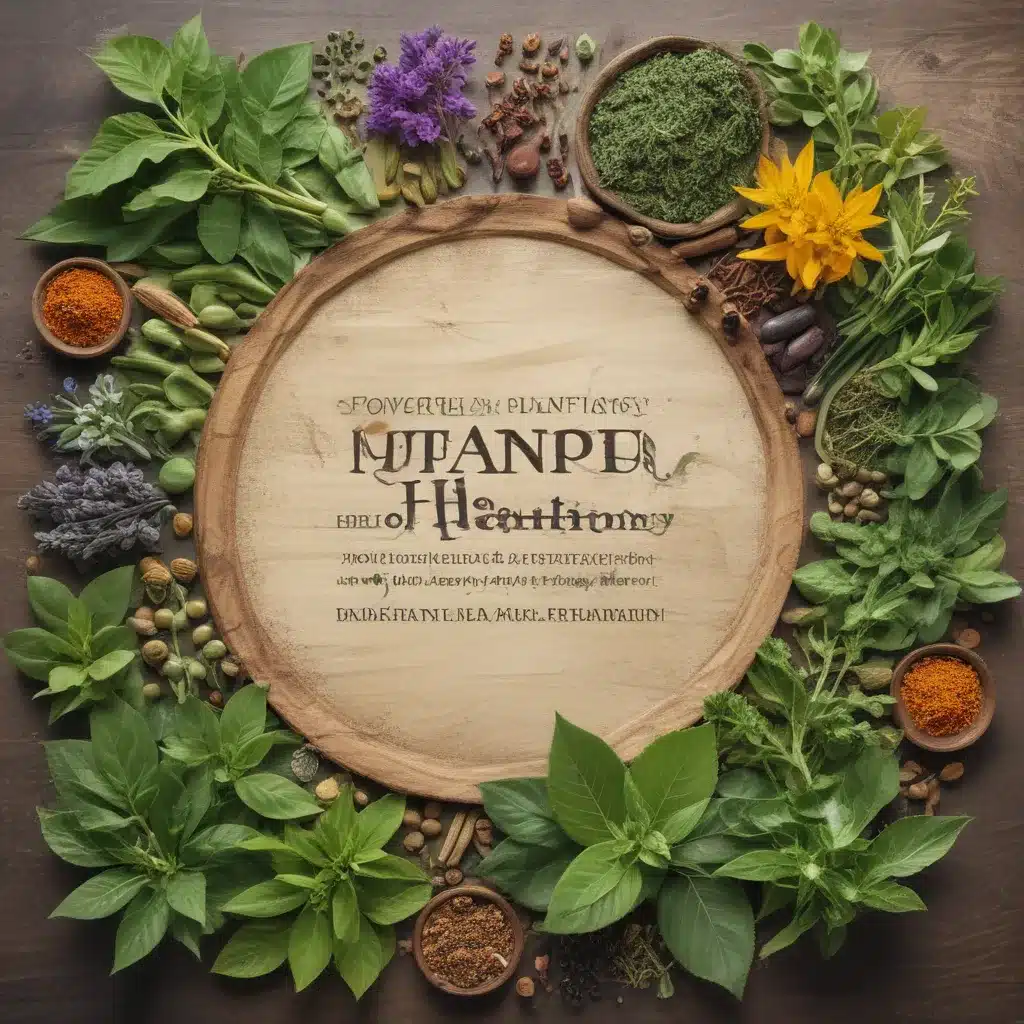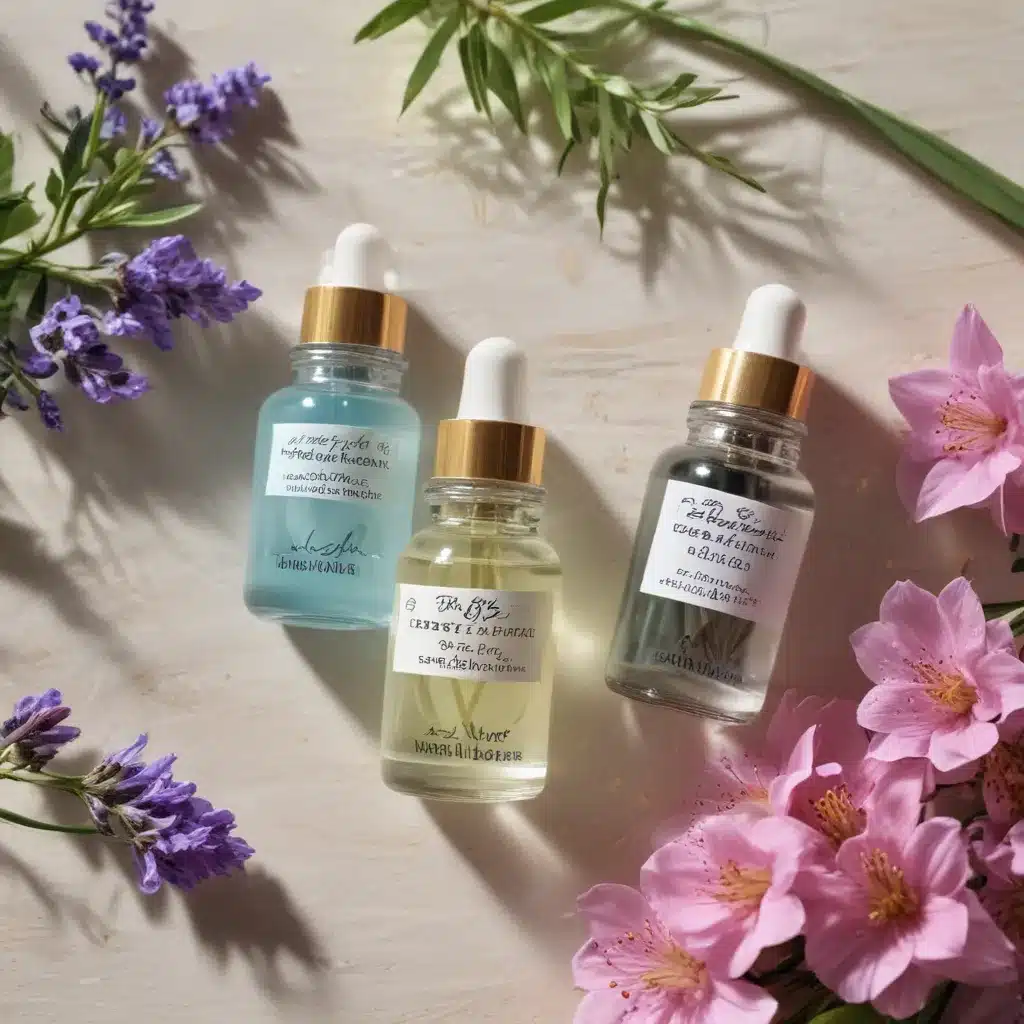
A lesser-known fact about aromatherapy is its fascinating journey through various civilizations and time periods, each adding a unique layer to its development. From ancient Egypt to Greece, Rome, and beyond, aromatic substances have played a significant role in cultural practices and healing rituals. But what truly sets the historical perspective of aromatherapy apart is not just its longevity but the profound impact it has had on well-being and holistic health practices.
Origins of Aromatherapy
Dating back to ancient civilizations, the practice of aromatherapy traces its roots to the use of fragrant plants and essential oils for therapeutic purposes. The origins of aromatherapy hold deep cultural significance, as ancient societies believed in the powerful healing properties of scents. In these early times, aromatic practices were intertwined with spiritual connections, forming the basis for what we now know as aromatherapy.
Ancient civilizations such as the Egyptians, Greeks, and Romans utilized aromatic plants not only for their pleasing fragrances but also for their medicinal benefits. Essential oils extracted from plants were considered crucial and were used in religious rituals, cosmetics, and embalming practices. The Egyptians, in particular, were pioneers in the use of aromatic substances for both health and spiritual purposes. They believed that essential oils had the ability to purify the body and soul, playing an essential role in their everyday lives.
The cultural significance of aromatherapy continued to evolve as it spread to other regions like China and India, where aromatic herbs and oils were incorporated into traditional medicine and Ayurvedic practices. The ancient knowledge surrounding the therapeutic effects of aromatics was passed down through generations, shaping the foundation of modern aromatherapy. Today, we can still see echoes of these ancient practices in the way essential oils are used for healing, relaxation, and overall well-being.
Ancient Civilizations and Aromatics
Ancient civilizations across the globe revered the use of aromatic plants and essential oils for various purposes, including medicinal, religious, and cosmetic applications. In these ancient societies, aromatic trade played a significant role, with precious oils and resins being traded along established routes. The use of aromatics was deeply intertwined with ancient rituals, often symbolizing purity, protection, and spirituality.
In ancient Egypt, aromatic substances like myrrh and frankincense were highly valued and used in religious ceremonies, embalming practices, and cosmetics. The Egyptians believed in the power of scents to ward off evil spirits and diseases, demonstrating an early understanding of aromatherapy’s protective qualities.
Similarly, in ancient Mesopotamia, aromatic trade flourished, with merchants traveling great distances to exchange fragrant materials like cedarwood and cypress. These aromatics were utilized in religious rituals and as offerings to deities, emphasizing their sacred importance in daily life.
The ancient Greeks and Romans also embraced the use of aromatics, incorporating them into healing practices, religious ceremonies, and beauty routines. Essential oils were believed to possess therapeutic properties and were used in massages, baths, and perfumes.
Early Uses in Healing Practices
Early on, ancient healing rituals incorporated aromatic substances to alleviate ailments and promote well-being. Herbal remedies, often infused with fragrant oils and plant extracts, were applied topically or inhaled for their therapeutic properties. These early practices laid the groundwork for what we now recognize as the art and science of aromatherapy.
Ancient Healing Rituals
Exploring the historical roots of healing practices reveals a rich tapestry of rituals that have stood the test of time. Ancient civilizations utilized intricate ceremonies and practices to harness the power of aromatic applications and spiritual ceremonies in their healing rituals. These ancient rituals were deeply intertwined with cultural beliefs and traditions, offering a crucial approach to well-being. In these early healing practices, the use of aromatic substances played an essential role in promoting physical, emotional, and spiritual healing. The rituals were often passed down through generations, highlighting the significance of these practices in maintaining balance and harmony within the body and mind. The incorporation of scents and spiritual elements in healing ceremonies showcases the interconnectedness of ancient civilizations with the natural world.
Herbal Remedies Application
In understanding the historical progression of healing practices, the application of herbal remedies emerges as a pivotal aspect in early healing rituals. Herbal remedies have been utilized for centuries as a fundamental component of holistic wellness practices. Ancient civilizations such as the Egyptians, Greeks, and Chinese recognized the potent healing properties of plants and herbs, incorporating them into various remedies to treat a wide array of ailments. The belief in the interconnectedness of mind, body, and spirit was central to the application of herbal remedies, emphasizing a holistic approach to well-being. Through the careful selection and preparation of herbal remedies, these early healing practitioners sought to restore balance and promote health in individuals, laying the foundation for modern holistic healing practices.
Therapeutic Plant Extracts
How did ancient healers harness the therapeutic properties of plant extracts in their early healing practices to promote well-being and balance in individuals? Utilizing medicinal properties and aromatic compounds found in various plants, ancient healers developed a profound understanding of the healing potential of nature. Through extracting essential oils and compounds from plants, they were able to create remedies that targeted specific ailments and promoted overall health.
- Utilizing Nature’s Pharmacy: Exploring a vast array of plants for their healing properties.
- Ancient Extraction Techniques: Developing methods to extract potent medicinal compounds from plants.
- Customized Healing Formulas: Crafting personalized remedies for individual needs.
- Balancing Body and Mind: Using plant extracts to restore harmony and well-being in individuals.
Aromatherapy in Traditional Medicine
Throughout the annals of history, aromatherapy has played an essential role in the domain of traditional medicine, offering therapeutic benefits derived from natural plant essences. Traditional medicine practices often rely on holistic healing techniques that view the body, mind, and spirit as interconnected elements of overall well-being. Aromatherapy, with its focus on natural plant extracts and their aromatic properties, aligns perfectly with these principles, providing a safe and non-invasive way to support the body’s innate healing processes.
| Traditional Medicine Practice | Description | Benefits |
|---|---|---|
| Herbal Remedies | Utilizes plant extracts for medicinal purposes | Relieves various ailments such as headaches, digestive issues, and skin conditions |
| Massage Therapy | Involves the therapeutic use of essential oils during massages | Promotes relaxation, reduces muscle tension, and improves circulation |
| Inhalation Techniques | Inhaling essential oils through steam or diffusion | Alleviates respiratory problems, enhances mood, and supports mental clarity |
These traditional practices not only address physical symptoms but also aim to restore balance and harmony within the body. By incorporating aromatherapy into traditional medicine, practitioners can offer patients a natural and gentle approach to healing that honors the interconnectedness of the body and mind.
Aromatics in Religious Ceremonies
With the integration of aromatherapy into traditional medicine practices, the utilization of aromatics in religious ceremonies has also been a longstanding custom across various cultures and belief systems. The use of aromatic traditions in religious ceremonies serves not only to enhance the sensory experience but also to deepen the spiritual connection. Here are some intriguing ways in which aromatics have been incorporated into religious practices:
- Anointing Rituals: Oils and perfumes have been used in anointing rituals to signify consecration and blessing.
- Cleansing Purification: Aromatic herbs and incense are burned to purify spaces and individuals before religious ceremonies.
- Prayer and Meditation: The diffusion of fragrant essential oils during prayers and meditation helps create a conducive atmosphere for spiritual reflection.
- Sacred Offerings: Aromatics such as myrrh and frankincense have been offered as gifts in religious ceremonies as a symbol of reverence and devotion.
The intertwining of aromatic elements in religious ceremonies not only adds a sensory dimension but also symbolizes purification, sanctification, and devotion. Across different faiths and traditions, the use of aromatics continues to play a significant role in enhancing the spiritual experience and fostering a deeper connection with the divine.
Renaissance and Aromatic Revival
As we explore the Renaissance and its impact on aromatherapy, it becomes evident that this period was marked by a significant resurgence in the use of aromatic substances for both medicinal and recreational purposes. During this time, there was a notable revival of interest in herbal remedies, leading to a heightened appreciation for the therapeutic properties of various plants and essential oils. Additionally, the Renaissance era saw the emergence of skilled artisans who specialized in crafting exquisite perfumes, contributing to the development of the art of perfumery as we are aware it today.
Renaissance Aromatic Influences
During the Renaissance period, a notable resurgence of interest in aromatic substances and their therapeutic properties emerged, marking a significant chapter in the history of aromatherapy.
- Renaissance Artistry: Artists incorporated aromatic elements into their works, highlighting the connection between scents and emotions.
- Aromatic Perfumes: Perfumery flourished during this time, with blends of essential oils becoming popular for both personal use and religious ceremonies.
- Medicinal Applications: Aromatics were utilized in medical treatments, showcasing the belief in their healing properties.
- Culinary Delights: Aromatic herbs and spices were extensively used in Renaissance cuisine, enhancing flavors and promoting well-being.
This period laid the foundation for the integration of aromatherapy into various facets of life, setting the stage for its continued evolution.
Herbal Remedies Resurgence
The Renaissance period’s fascination with aromatic substances and their diverse applications paved the way for a resurgence of herbal remedies, intertwining the historical use of plants for healing with the evolving appreciation of aromatics in a harmonious revival. Herbal remedies integration and holistic wellness have become central themes in modern approaches to healthcare, emphasizing the interconnectedness of physical, emotional, and spiritual well-being. This natural healing resurgence embraces botanical therapies that honor ancient wisdom while adapting to contemporary lifestyles. By blending traditional knowledge with scientific advancements, herbal remedies have regained popularity for their gentle yet effective properties in promoting overall wellness. The integration of herbal remedies into mainstream healthcare reflects a shift towards a more holistic and balanced approach to health and healing.
| Benefits | Types of Herbs | Application Methods |
|---|---|---|
| Stress Reduction | Lavender, Chamomile | Aromatherapy, Tea |
| Immune Support | Echinacea, Elderberry | Supplements, Teas |
| Digestive Health | Peppermint, Ginger | Herbal Tinctures |
| Skin Care | Calendula, Aloe Vera | Topical Balms, Creams |
Perfume Artisan Craftsmanship
Crafting perfumes during the Renaissance and Aromatic Revival era involved meticulous attention to detail and a deep understanding of the intricate interplay of aromatic components.
- Artisan Techniques: Perfumers honed their craft through apprenticeships and careful study under master artisans.
- Fragrance Composition: Blending base, middle, and top notes required a delicate balance and skilled olfactory senses.
- Botanical Extracts: Extracting essences from flowers, herbs, and spices demanded patience and expertise.
- Bottling and Presentation: Packaging the final product in ornate vials and containers showcased the perfumer’s artistry and attention to detail.
This period marked a renaissance in perfume craftsmanship, where artisans elevated fragrance creation to an art form through their mastery of techniques and composition.
The Birth of Modern Aromatherapy
In the evolution of holistic healing practices, the emergence of modern aromatherapy can be traced back to a pivotal moment in history. As we explore the birth of modern aromatherapy, it is crucial to understand its roots in ancient civilizations and how it has evolved to become a widely accepted form of alternative medicine today.
One key aspect that distinguishes modern aromatherapy from its historical uses is its focus on the scientific understanding of essential oils and their therapeutic benefits. Aromatherapy in contemporary times is not just about pleasant scents but also about harnessing the power of plant extracts for various health and wellness purposes.
To illustrate the applications of modern aromatherapy, consider the following table:
| Modern Applications of Aromatherapy | Therapeutic Benefits | Methods of Use |
|---|---|---|
| Explore | Calming and relaxation | Diffusion |
| it is crucial to | Anti-inflammatory properties | Topical application |
| Improved sleep | Sedative effects for better rest | Inhalation |
| Skin care | Antimicrobial and healing properties | Massage oils |
This table encapsulates the diverse ways in which modern aromatherapy is applied, showcasing its versatility and effectiveness in promoting overall well-being.
Aromatherapy in the 20th Century
In the 20th century, essential oils gained immense popularity for their therapeutic benefits, marking a significant turning point in the practice of aromatherapy. Scientific research made great strides during this era, shedding light on the physiological and psychological effects of various aromatic compounds. Modern aromatherapy practices emerged, incorporating these findings into tailored treatments that have since become widespread in healthcare and wellness settings.
Popularity of Essential Oils
The rise in popularity of essential oils in the 20th century marked a significant shift towards utilizing natural remedies for various health and wellness purposes. As I explore the allure of essential oils during this era, it becomes apparent that their appeal transcended mere trends. Here are some intriguing facets that contributed to their widespread recognition:
- Holistic Approach: Essential oil blends were embraced for their ability to address mental health concerns.
- Therapeutic Benefits: Aromatherapy gained traction for its positive impact on sleep quality.
- Cultural Influence: The incorporation of essential oils in daily routines became a symbol of well-being.
- Consumer Awareness: People began recognizing the potential of essential oils for enhancing overall health and vitality.
Scientific Research Advancements
Advancements in scientific research during the 20th century propelled aromatherapy into a domain of systematic study and validation, shedding light on the mechanisms underlying the therapeutic efficacy of essential oils. Clinical trials became pivotal in determining the practical applications of aromatherapy, providing empirical evidence for its benefits. Molecular research explored the chemical composition of essential oils, revealing how they interact with biological systems to produce therapeutic effects. These studies not only confirmed traditional uses of aromatherapy but also expanded its scope by uncovering new potential applications. Through rigorous scientific inquiry, the 20th century laid the foundation for the modern understanding and integration of aromatherapy into healthcare practices, solidifying its status as a legitimate therapeutic modality.
Modern Aromatherapy Practices
Exploring the diverse applications of essential oils in healthcare practices during the 20th century revealed groundbreaking insights into the efficacy and versatility of modern aromatherapy.
- Aromatherapy blends
- Aromatherapy diffusers
- Customized essential oil therapies
- Integration of aromatherapy in mainstream medicine
In the 20th century, aromatherapy saw a surge in popularity as research continued to support its benefits. Aromatherapy blends, carefully curated combinations of essential oils, gained traction for targeting specific health concerns. Aromatherapy diffusers became commonplace, allowing for easy and efficient dispersal of essential oils. The customization of essential oil therapies became a prominent practice, tailoring treatments to individual needs. The integration of aromatherapy into mainstream medicine marked a significant shift towards holistic healthcare approaches.
Scientific Discoveries and Aromatics
In the domain of scientific inquiry into aromatics, researchers have made significant strides in uncovering the mechanisms behind the therapeutic effects of essential oils. Scientific advancements have shed light on the molecular compounds within essential oils that contribute to their aromatic benefits and potential health impacts. Through rigorous studies and experiments, the intricate relationship between these natural compounds and their effects on the human body is becoming clearer.
| Essential Oil | Main Components | Therapeutic Effects |
|---|---|---|
| Lavender | Linalool, Linalyl Acetate | Calming, Relaxing, Sleep-inducing |
| Peppermint | Menthol, Menthone | Invigorating, Focus-enhancing, Digestive aid |
| Tea Tree | Terpinen-4-ol, 1,8-Cineole | Antimicrobial, Anti-inflammatory, Skin healing |
In recent years, research has shown that certain essential oils can affect neurotransmitter activity in the brain, influencing mood and emotional well-being. Additionally, the antimicrobial and anti-inflammatory properties of various essential oils have been well-documented, supporting their traditional uses in combating infections and promoting overall health. As science continues to explore the intricate nature of aromatics, the potential applications of essential oils in modern medicine and wellness practices are expanding, offering promising avenues for further exploration and integration into contemporary healthcare approaches.
Aromatherapy in Contemporary Culture
In contemporary culture, the use of aromatherapy has surged, reflecting a growing interest in natural remedies and holistic wellness practices. Essential oils have gained popularity for their therapeutic benefits, ranging from stress relief to improved sleep quality. Aromatherapy’s integration into daily routines underscores its significance in promoting overall well-being.
Modern Aromatherapy Trends
A prominent trend in modern aromatherapy involves the integration of essential oils into daily wellness routines, reflecting a growing interest in holistic health practices in contemporary culture.
- Custom Aromatherapy Blends: Tailored mixes of essential oils to target specific needs.
- Innovative Essential Oil Diffusers: Modern diffusers with advanced features for best oil dispersion.
- Aromatherapy Jewelry: Wearable accessories that allow for personal diffusion of oils throughout the day.
- Aromatherapy Apps: Digital tools offering guidance on oil selection and usage for well-being.
These trends highlight the evolving landscape of aromatherapy, where traditional practices meet modern innovations to enhance overall wellness in today’s fast-paced world.
Benefits of Essential Oils
The shift towards incorporating vital oils into daily routines reflects a growing recognition of their numerous benefits in enhancing holistic well-being in contemporary culture. Vital oils offer a range of advantages, promoting mental clarity and emotional balance through aromatherapy practices. The aromatic compounds in vital oils can positively impact cognitive function, aiding in concentration and reducing feelings of stress and anxiety. Additionally, these oils are renowned for their skin rejuvenation properties, helping to nourish and revitalize the skin. Many individuals turn to vital oils for stress relief, as the soothing scents can create a calming atmosphere, promoting relaxation and overall well-being. Incorporating vital oils into daily rituals can be a simple yet effective way to support a balanced and harmonious lifestyle.
Aromatherapy for Well-Being
Utilizing essential oils in contemporary culture for aromatherapy to enhance overall well-being has become increasingly prevalent. Aromatherapy techniques offer a natural approach to stress relief and mental health improvement. The benefits of aromatherapy go beyond just pleasant scents; they can positively impact our emotional and psychological well-being. Incorporating aromatherapy into daily routines can promote relaxation, reduce anxiety, and uplift mood, contributing to a sense of balance and harmony in our lives.
- Aromatherapy techniques, stress relief
- Aromatherapy benefits, mental health
Global Influence and Adoption
Exploring the historical evolution of aromatherapy reveals its widespread global influence and the diverse ways in which cultures have adopted this practice. From ancient civilizations to modern societies, the use of aromatic plants for therapeutic purposes has transcended geographical boundaries, enriching traditions and promoting well-being worldwide.
To better illustrate the global impact of aromatherapy, let’s investigate into a comparison of cultural adoption across different regions:
| Region | Key Characteristics |
|---|---|
| Asia | Deep-rooted use of essential oils in traditional medicine |
| Europe | Aromatherapy integrated into spa and wellness practices |
| Africa | Rich history of using fragrant herbs for healing |
| Americas | Increasing popularity of essential oils in holistic health |
| Oceania | Indigenous communities incorporating scented plants |
The Asian continent boasts a deep-rooted history of utilizing essential oils in traditional medicine, where aromatic plants play a crucial role in restoring balance and promoting health. In Europe, aromatherapy has seamlessly integrated into spa and wellness practices, offering relaxation and sensory indulgence. African cultures have a rich history of using fragrant herbs for healing purposes, showcasing the diverse applications of aromatherapy. In the Americas, there is a growing trend towards incorporating essential oils in holistic health practices, emphasizing their therapeutic benefits. Oceania’s indigenous communities have long embraced the use of scented plants for various rituals and healing ceremonies, highlighting the cultural significance of aromatherapy in this region.
Aromatherapy Trends and Innovations
Amidst the ever-evolving landscape of wellness practices, aromatherapy continues to witness dynamic trends and innovative approaches that shape its application and perception across various cultures and industries. As I explore the current trends and innovations within aromatherapy, it becomes evident that this ancient practice has adapted to modern needs and preferences. Here are some compelling insights into the innovative techniques and emerging trends in aromatherapy:
-
Customized Blends: A growing trend in aromatherapy involves creating personalized blends tailored to individual needs, preferences, and wellness goals. This customization allows for a more targeted and effective aromatherapy experience.
-
Technology Integration: With the advancement of technology, aromatherapy devices such as diffusers and inhalers have become more sophisticated, offering precise control over aroma diffusion and enhancing the overall therapeutic benefits.
-
Sustainable Practices: In response to the increasing focus on sustainability and eco-consciousness, there is a rising interest in ethically sourced essential oils and environmentally friendly packaging within the aromatherapy industry.
-
Holistic Applications: Aromatherapy is increasingly being integrated into holistic wellness practices such as yoga, meditation, and mindfulness to enhance the overall therapeutic experience and promote emotional well-being.
These innovative techniques and emerging trends underscore the adaptability and continued relevance of aromatherapy in promoting overall well-being in the contemporary world.
Aromatherapy’s Impact on Well-being
The profound influence of aromatherapy on individuals’ well-being is a confirmation of its enduring therapeutic efficacy. Aromatherapy has a remarkable impact on mental clarity, emotional balance, stress relief, and relaxation. Through the careful selection and blending of essential oils, aromatherapy can greatly enhance one’s overall sense of well-being.
| Benefits | Description |
|---|---|
| Mental Clarity | Certain essential oils like peppermint and rosemary can improve focus and concentration, aiding in mental clarity. |
| Emotional Balance | Oils such as lavender and chamomile are known for their calming properties, helping to promote emotional balance and stability. |
| Stress Relief | Aromatherapy can reduce stress levels through oils like bergamot and frankincense, which have soothing and anxiety-reducing effects. |
| Relaxation | Essential oils like ylang-ylang and geranium are widely used to create a tranquil atmosphere, promoting relaxation and a sense of calm. |
In a fast-paced world filled with constant demands and pressures, the holistic approach of aromatherapy offers a sanctuary for the mind and body. By incorporating aromatherapy into daily routines, individuals can experience a profound shift in their overall well-being. Whether it’s seeking mental clarity, emotional balance, stress relief, or simply moments of relaxation, aromatherapy serves as a powerful tool in nurturing one’s health and vitality.
Future Prospects for Aromatherapy
Future prospects for aromatherapy reveal promising advancements in research and applications, signaling a continued evolution in harnessing the therapeutic benefits of essential oils for holistic well-being.
- Aromatherapy technology: Innovations in diffusers and extraction methods are revolutionizing how essential oils are utilized for holistic purposes. These technological advancements are making aromatherapy more accessible and effective.
- Sustainable practices: The future of aromatherapy is moving towards sustainability, with a focus on ethically sourced essential oils and eco-friendly production methods. This shift towards sustainability aligns with the growing global emphasis on environmental consciousness.
- Aromatherapy education: There is a rising demand for thorough training and education in aromatherapy. Integrating aromatherapy into mainstream healthcare and wellness practices requires a well-trained workforce equipped with the knowledge and skills to utilize essential oils safely and effectively.
- Integrative approaches: The future of aromatherapy lies in its integration with conventional medicine and complementary therapies. By combining aromatherapy with other holistic practices such as massage therapy, acupuncture, and mindfulness, a more detailed approach to health and well-being can be achieved.
As we look ahead, the landscape of aromatherapy is poised for exciting developments that will further enhance its role in promoting health and wellness. By embracing technology, sustainability, education, and integration, aromatherapy is set to continue its journey towards becoming a mainstream therapeutic modality.
Conclusion
Looking back at the rich history of aromatherapy, it’s clear that the power of scent has transcended time and culture. Just like a fragrant flower blooming in the midst of adversity, aromatherapy has brought comfort and healing to countless individuals throughout the ages. As we continue to explore the benefits of essential oils and aromatic compounds, the future of aromatherapy shines bright with endless possibilities for enhancing our well-being.


